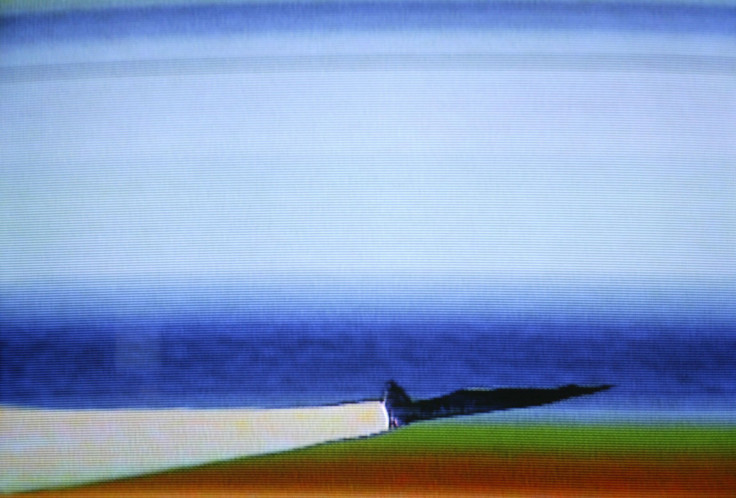Airbus Patents Hypersonic Jet That Could Finish London-New York Trip In 1 Hour

European aircraft manufacturer Airbus Group last month filed a patent for a hypersonic jet that could travel at several times the speed of sound. In the application, approved by the U.S. Patent and Trademark Office (USPTO), the technology is described as an “ultra-rapid air vehicle and related method of aerial locomotion.”
The proposed jet is expected to reach speeds as high as Mach 4.5, which is about four-and-a-half times the speed of sound. If accomplished, such a speed would allow the aircraft to fly between London and New York in only one hour, three times faster than the Concorde, a retired supersonic passenger jet that was active between 1976 and 2003, Business Insider reported.
Airbus also expects the new hypersonic jet to travel between Paris and San Francisco, or Tokyo and Los Angeles, in only three hours. In comparison, a conventional passenger jet would take more than 10 hours to complete similar trips.

The jet is “an air vehicle including a fuselage, a gothic delta wing positioned either side of the fuselage, and a system of motors able to propel the air vehicle,” the patent described, according to Business Insider. The aircraft is powered by three different types of engines that help it cruise at a speed of more than 3,000 mph.
The jet, which would climb vertically like the Space Shuttle after lifting off, would use two turbojets to get off the ground, while a rocket motor mounted in the rear would help it reach an altitude of more than 100,000 feet.
After the rocket motor shuts down at cruising altitude, a pair of wing-mounted ramjets would come into action and help the plane reach its top speed of Mach 4.5, Airbus said, adding that the jet would accommodate 20 passengers, and could be used for both civilian and military purposes.
Airbus has also proposed a variant of the jet, which would be armed with high-power electromagnetic pulse weapons, according to Business Insider.
The U.S. Air Force and DARPA, the research arm of the Pentagon, are also reportedly working on developing a new hypersonic jet by 2023 that could fly at five times the speed of sound.
© Copyright IBTimes 2024. All rights reserved.





















